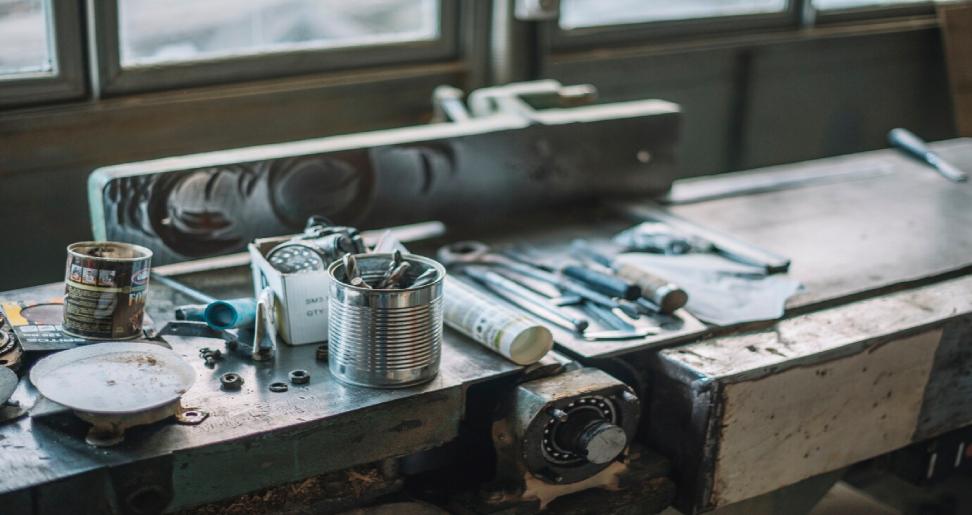Die casting mold design is a crucial element for successful high-pressure die casting (HPDC) production. An expertly designed mold ensures efficient metal flow, minimizes defects, and translates to high-quality parts at an optimal production rate. Here are 9 key tips to consider when designing your die casting mold:
Prioritize Part Geometry:
The geometry of your final part significantly influences the mold design. Analyze features like wall thickness variations, internal cavities, and draft angles.
Wall Thickness: Maintain consistent wall thickness whenever possible. Dramatic changes in thickness can lead to uneven cooling, causing shrinkage, porosity, or hot spots.
Internal Cavities: If your part requires internal features like holes or ribs, consider incorporating cores into the mold design. Cores can be stationary or movable depending on the complexity.
Draft Angles: Plastic injection molding China measures up the draft angles are slight tapers incorporated on the walls of the mold cavity. They allow for easier part removal after solidification and prevent damage to the mold. Typical draft angles range from 1 to 3 degrees but may need to be adjusted for specific features.
Optimize Gating System Design:
The gating system of die casting mold is the network of channels that guides molten metal from the sprue (entry point) to the die cavity. A well-designed gating system ensures smooth metal flow, minimizes turbulence and prevents premature solidification.
Gate Location and Size: Strategically locate the gate to promote even filling of the cavity. The gate size should be appropriate for the part size and wall thickness to ensure proper flow rate.
Runner System Design: Design the runner system with minimal channels and sharp corners to minimize pressure drops and turbulence. Consider incorporating overflows to accommodate excess metal and prevent defects.
Incorporate Efficient Cooling:
Rapid cooling of the casting is essential for achieving dimensional stability and preventing defects like warpage or hot cracking.
Cooling Channel Placement: Place cooling channels strategically throughout the mold, particularly near thicker sections of the part. Water or oil are commonly used as coolants circulating within these channels.
Cooling Channel Design: Consider using conformal cooling channels that closely follow the part geometry for optimal heat transfer. However, this approach can increase mold complexity and cost.
Design a Robust Ejection System:
The ejection system is responsible for efficiently removing the solidified casting from the mold cavity after solidification.
Ejection Pin Placement: Locate ejector pins strategically to ensure even and balanced ejection force without damaging the part or the mold.
Ejection Mechanism: Choose an appropriate ejection mechanism based on the part size and complexity. Hydraulic or mechanical actuation are common options.
Prioritize Venting:
Entrapped air within the mold cavity during casting can lead to surface porosity or other defects. Vents are strategically placed channels that allow trapped air to escape.
Vent Placement: Locate vents near the end of filling points or at areas where air might get trapped. Ensure vent size is adequate to allow for efficient air escape without compromising the casting integrity.
Select Appropriate Mold Material:
The choice of mold material depends on factors like the metal being cast, production volume, and part complexity.
Tool Steel: The most common choice due to its excellent combination of strength, hardness, and thermal conductivity. H-13 steel is a popular option for its affordability and good balance of properties.
H-21 Steel: Offers superior hot strength and wear resistance for high-volume production runs.
Maraging Steel: Provides exceptional dimensional stability for parts requiring tight tolerances.
Focus on Fillets and Radii:
Sharp corners and edges in the mold cavity can act as stress concentration points, leading to potential cracking in the cast part.
Fillets and Radii: Incorporate fillets (rounded internal corners) and radii (rounded external corners) throughout the mold design. This promotes smoother metal flow, strengthens corners, and reduces the risk of cracking.
Minimize Post-Machining:
Extensive post-machining adds to production time and cost.
Design for Manufacturability: Consider incorporating features like threads or undercuts using cores or slides in the mold design whenever possible to minimize the need for post-machining.
Utilize Mold Simulation Software:
Mold simulation software allows you to virtually analyze the filling process, heat transfer, and potential stress points within the mold design.
Identify Potential Issues: Simulation can help identify potential problems like unbalanced filling, hot spots, or inadequate venting before the mold is manufactured. This allows for optimization of the design to minimize production issues.
In Conclusion:
Die casting mold design plays a critical role in the success of the HPDC process. By following these 10 tips, you can create molds that optimize metal flow, minimize casting defects, and ensure efficient production of high-quality parts. Remember to prioritize part geometry, design an effective gating and cooling system, incorporate a robust ejection mechanism, and select the appropriate mold material.
Read Also :
- Best Places To Visit In Argentina
- Where to Stay in Tokyo: Your Ultimate Tokyo Travel Guide
- Top Places To Visit In Italy On Your Next Travel Escapade


